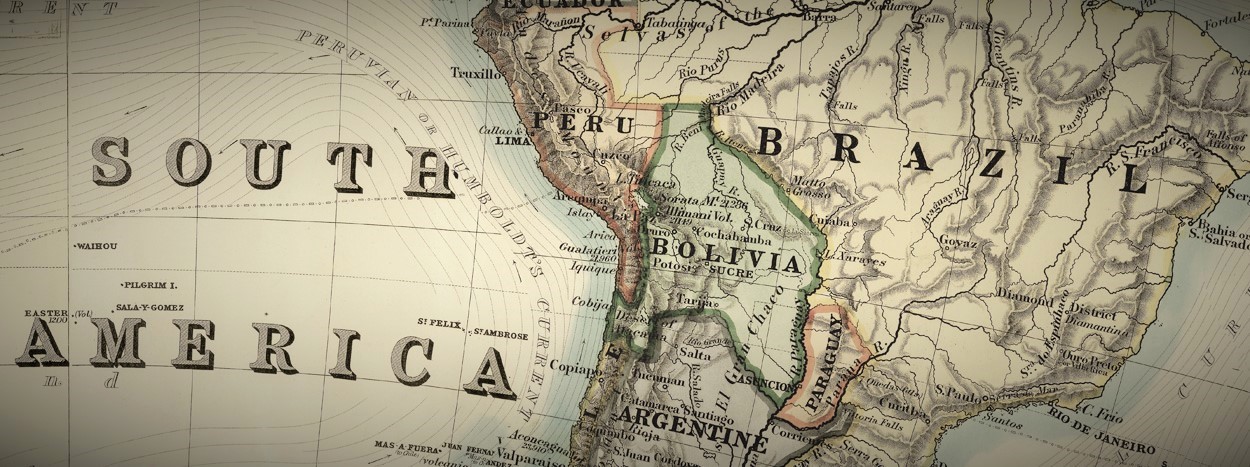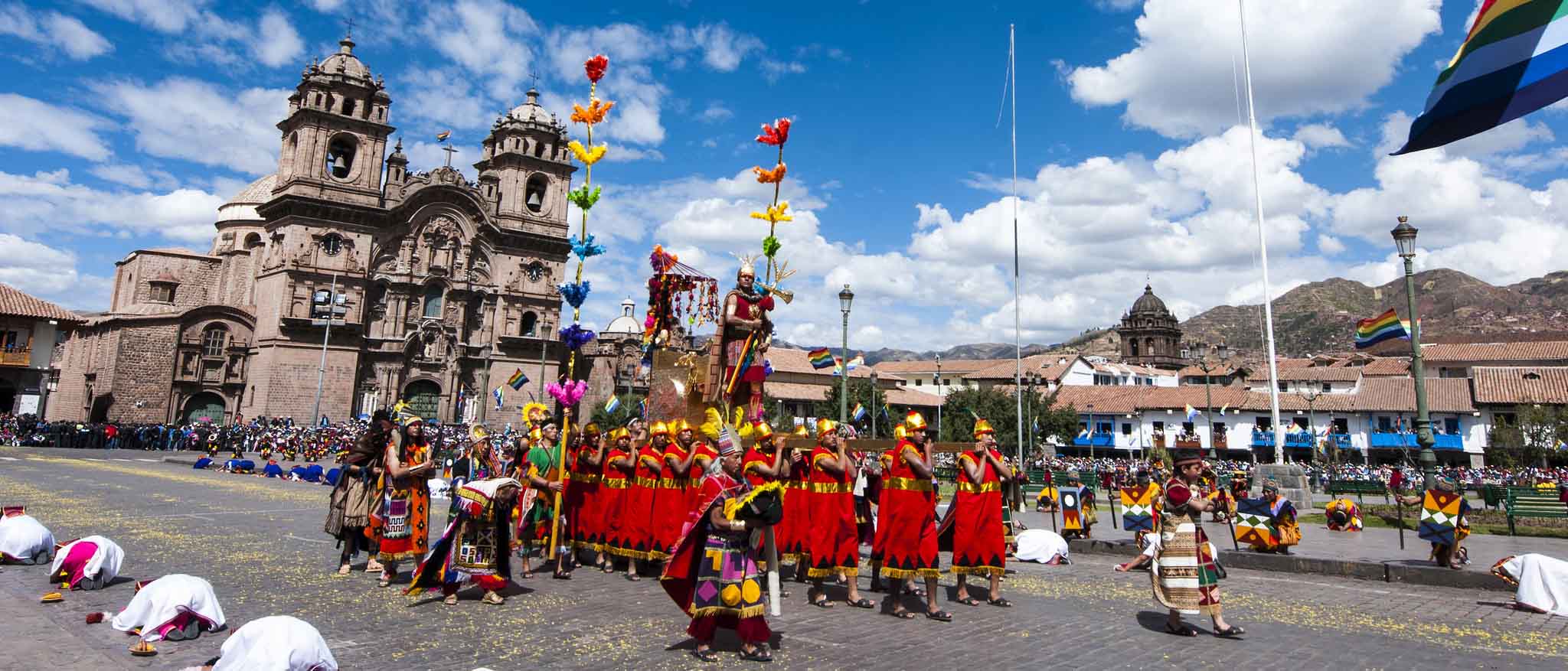Climate
Bear in mind that seasons are reversed in the southern hemisphere; summer is from December to February, and winter from June to August.
Travel to the northwestern region isn’t recommended from December through the end of February, as the Andean summers are quite rainy.
Patagonia, in the south, is best explored from October to March. Nonetheless, it can be cold all year round, sometimes with high winds.
Buenos Aires, the capital and its surrounding region, can be humid. In January the mercury can rise above 100°, and in July it can drop into the 40s.
The northeast, and especially Iguazu Falls, has a subtropical climate, and is hot and humid all year round.
Time difference between the USA and Argentina
Eastern Standard Time: Argentina is one hour ahead of EST
Central Standard Time: Argentina is two hours ahead of CST
Mountain Standard Time: Argentina is three hours ahead of MST
Pacific Standard Time: Argentina is four hours ahead of PST
However, Argentina does not observe the Daylight Savings Time change.
Language
Spanish has been the official language of Argentina since the 16th century and Spanish colonization, as in most South American countries. Nonetheless, many indigenous languages have endured from pre-colonial times, such as Quechua in the northern Andes and Guarani in the northeast.
Currency
The Argentine Peso (ARS) is the official currency of Argentina. 1 dollar is worth about 20 pesos (April 2018).
Given the relative instability of the Argentine economy, we recommend that you verify the exchange rate before leaving for your trip.
When to travel to Argentina
Argentina is the second largest country In South America, and its diverse climate allows travelers to visit the country year-round. Patagonia is best visited from October to March, as the days are longer, and it is (slightly) warmer. The period from February to December is optimal for visiting the northwest. The rest of the country can be visited all year long.
Health and Vaccinations
There are no obligatory vaccinations for travel to Argentina. However, the yellow fever vaccination is recommended for travel to the northeast, and it is advisable to verify the validity of all routine vaccinations. The CDC recommends hepatitis A and typhoid vaccinations prior to departure for most travelers, as well as hepatitis B and rabies vaccinations for certain destinations.
Due to the currently limited availability of the yellow fever vaccine, please schedule your appointment well in advance.
For more information, visit the CDC’s Health Information for Travelers page : https://wwwnc.cdc.gov/travel/destinations/list/
Security
As in any capital, it is best to pay close attention to your personal affairs while in tourist areas of Buenos Aires. The city has a law enforcement branch dedicated to foreign travelers, the Defensoria Turistica, with multiple contact points throughout the city. If need be, approach them or the many officers you will see in the streets for assistance.
Do I need a visa to travel to Argentina?
US citizens do not need a visa for stays of fewer than 90 days in Argentina. You will need a valid passport with at least one blank page for the entry stamp.
For travel to the Brazilian side of Iguazu Falls : Please note that a Brazilian tourist visa is necessary to visit the Brazilian side of the waterfalls. The visa costs 45$, must be obtained prior to travel to Brazil, and can be acquired in electronic form online. Please allow at least five days for processing. For more information or to obtain your visa, visit : http://www.vfsglobal.com/Brazil-eVisa/
American Embassy in Argentina
Av. Colombia 4300,
Buenos Aires, Argentine
+54-11-5777-4533
Argentine Embassy in the USA
1600 New Hampshire Ave NW,
Washington, DC 20009
202-238-6400



